Monitoring your device's battery health is crucial for maintaining peak performance and extending its lifespan. Signs of diminishing battery capacity include faster drain rates, higher shutdown thresholds, and longer charging times with less improved life. Proactive monitoring can prevent unexpected power loss, particularly in critical situations. Charging to around 80% and letting the battery discharge to about 20%—known as 'charge cycling'—can prevent battery memory effects and overfilling, which degrade performance over time. Regularly checking your battery's health is essential for device reliability and convenience.
Optimal charge management also plays a significant role in battery longevity. Avoid full charges to 100% to prevent strain and instead follow an 80-20% charging cycle. Utilize energy-saving modes, which reduce power consumption by adjusting performance settings, and activate them when the battery is low. Manage apps responsibly, close them after use, and update software regularly to ensure peak app performance, indirectly conserving energy. Adjust screen settings for lower brightness and resolution when possible to save power, and be mindful of Wi-Fi versus cellular data usage, as Wi-Fi typically consumes less power than cellular connections. Disabling seldom-used features like Wi-Fi, Bluetooth, GPS, and NFC conserves energy, as do using 'Battery Saver' mode and opting for a professional replace battery service when necessary to restore your device's original battery performance and capacity.
title: Top Tips for Extending Battery Life: A Comprehensive Guide to Maximizing Your Device’s Power
In an era where our devices are indispensable, managing their battery life is crucial. This article delves into actionable strategies that not only conserve your device’s power but also preserve its longevity. From understanding the signs that indicate it’s time to replace a battery to leveraging built-in energy-saving modes, we’ll guide you through each step to optimize your gadget’s performance. Learn how to adjust screen brightness, manage applications, and choose between Wi-Fi and cellular data to extend your device’s battery life. We also explore the importance of maintaining optimal temperatures for your device and investing in quality chargers and cables. Whether you’re a tech enthusiast or simply looking to make your current device last longer, these tips will help you make informed decisions on when to replace a battery and how to maintain it for peak performance. Dive into our comprehensive guide for a thorough understanding of how to maximize your device’s battery life effectively.
- Understanding Your Device's Battery Health: Signs You Need a Replacement
- Optimal Charge Levels: Protecting Your Battery with Proper Use Habits
- Energy-Saving Modes: Harnessing Built-In Features to Extend Battery Life
- Essential App Management: Prioritizing and Closing Background Applications
- Screen Brightness and Resolution Settings: Balancing Display Quality and Power Consumption
- Wi-Fi vs. Cellular Data: Choosing the Right Connection for Battery Efficiency
- Disabling Features You Don't Use: Toggling Off Unnecessary Hardware Functions
Understanding Your Device's Battery Health: Signs You Need a Replacement
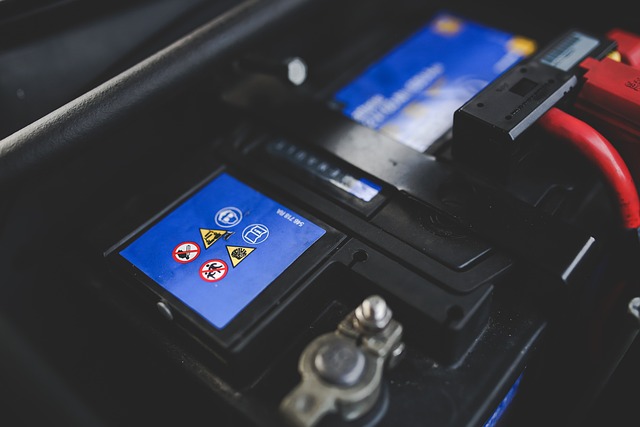
Monitoring your device’s battery health is crucial for optimizing its performance and ensuring its longevity. If your gadget is consistently draining faster than usual or struggling to hold a charge, it might be time to consider a replacement battery. Pay close attention to the battery usage statistics provided by your device’s settings. These insights can reveal patterns of power consumption that may indicate degradation. For instance, if an app typically uses 10% of battery life over a day and suddenly uses 40%, this could be a sign that the battery is not holding a charge as effectively as it once did. Additionally, if your device shuts down unexpectedly at a higher percentage than when you first owned it, or if charging takes significantly longer without a corresponding improvement in battery life, these are clear indicators that the battery’s capacity has diminished and a replacement may be necessary. Regular check-ups on your battery’s status can prevent unexpected power loss, which can be particularly inconvenient, especially in critical situations. By keeping an eye on these signs, you can take preemptive action to replace the battery before it fails completely, ensuring that your device remains reliable and efficient.
Optimal Charge Levels: Protecting Your Battery with Proper Use Habits

To maximize the lifespan of your devices, it’s crucial to understand and implement optimal charge levels. Consistently charging your gadgets to around 80% and letting them discharge to about 20% before recharging can significantly prolong their battery life. This ‘charge cycling’ prevents the battery from developing a memory effect, where the battery incorrectly remembers a lower capacity than it actually has. Additionally, avoiding charging your device to 100% regularly can prevent stress on the battery from being overfilled, which can degrade its performance over time. If you notice your device’s battery health declining or if it frequently requires a replacement, consider swapping out the old battery with a new one rather than investing in a new gadget entirely. This not only saves money but also reduces electronic waste. By following these proper use habits, you can ensure your devices stay operational for longer, making ‘replace battery’ a more infrequent need.
Energy-Saving Modes: Harnessing Built-In Features to Extend Battery Life

To proactively manage your device’s battery life and potentially avoid the need to replace battery components prematurely, it’s prudent to utilize the energy-saving modes that are often built into electronic devices. These modes are designed to reduce power consumption by optimizing performance settings, thereby extending the usage time between charges. For instance, most smartphones and laptops come with a low-power or battery-saver mode that automatically adjusts screen brightness, limits background data usage, and disables unnecessary features when the battery level falls below a certain threshold. Activating this feature can significantly delay when you might need to replace battery cells due to wear and tear from regular use. Similarly, tablets and other portable devices also offer similar power-saving settings, which include adjusting Wi-Fi and Bluetooth connectivity, disabling location services when not in use, and turning off automatic updates. Regularly checking and optimizing these settings can help maintain peak battery performance and delay the inevitable need to replace battery completely. It’s advisable to explore your device’s manual or settings menu to fully understand these options and how they can be tailored to your specific usage patterns for optimal battery longevity.
Essential App Management: Prioritizing and Closing Background Applications
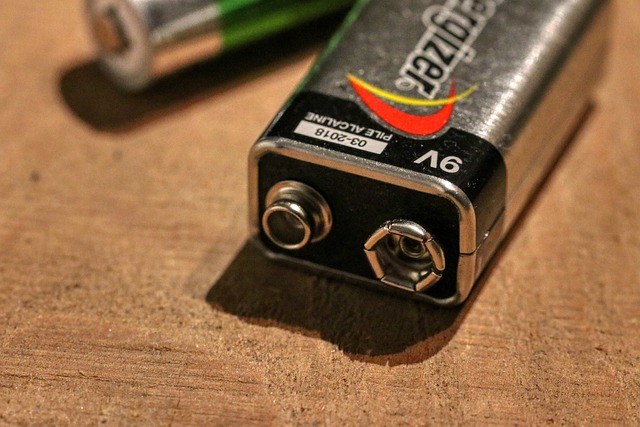
Managing your applications effectively is a key strategy in extending your device’s battery life. To begin with, it’s crucial to prioritize which apps are essential for your daily use and to identify those that can be used sparingly or turned off when not needed. Regularly updating your software can also play a role in optimizing app performance, ensuring that your system runs efficiently and conserves energy. Furthermore, taking proactive steps such as closing applications once you’ve finished using them prevents them from running in the background and draining your battery needlessly. These apps often consume power even when not actively in use, so terminating them manually or employing settings that restrict background activity can make a significant difference.
Incorporating smart features offered by modern devices, such as low-power modes or app usage statistics, provides insights into which apps are the biggest battery consumers. Utilizing these features allows users to make informed decisions about which applications to keep running and which to close. Additionally, opting for power-saving modes within your device’s settings can further minimize energy consumption. By adopting a disciplined approach to app management and leveraging the built-in tools designed to replace battery power more efficiently, you can significantly enhance your device’s endurance between charges.
Screen Brightness and Resolution Settings: Balancing Display Quality and Power Consumption
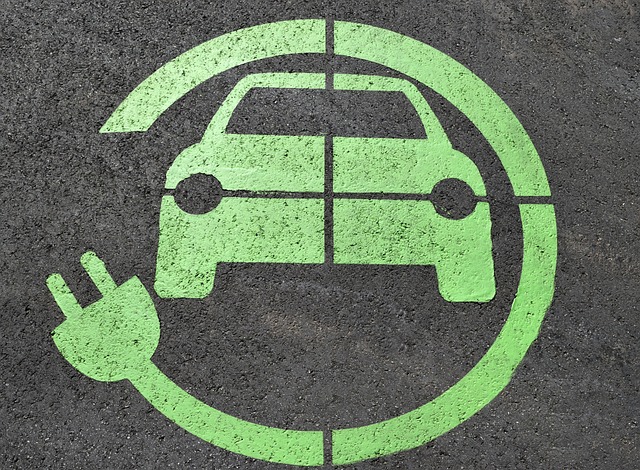
To enhance your device’s battery longevity, particularly when using high-resolution displays that offer crisp visuals, it’s crucial to manage screen settings effectively. A common yet impactful strategy is to adjust the brightness of your screen. While a brighter display can improve visibility in various lighting conditions, it also drains power more rapidly. Lowering the screen brightness to the lowest comfortable level can extend your battery life significantly without noticeably compromising on visual clarity. This simple tweak can help you eke out additional hours from your device, especially when you’re away from an electrical outlet.
In addition to managing brightness, consider the resolution settings of your device. Higher resolutions provide a more immersive experience and sharper images but at the expense of greater power consumption. If replacing the battery is something you wish to avoid due to its cost or the device’s design, opting for a lower resolution when available can lead to substantial battery savings. This option is particularly beneficial on devices that are not primarily used for tasks requiring high-resolution visuals, such as casual browsing, reading texts, or checking emails. By balancing display quality and power consumption through these settings, you can enjoy your device longer between charges and avoid the need for a battery replacement prematurely.
Wi-Fi vs. Cellular Data: Choosing the Right Connection for Battery Efficiency
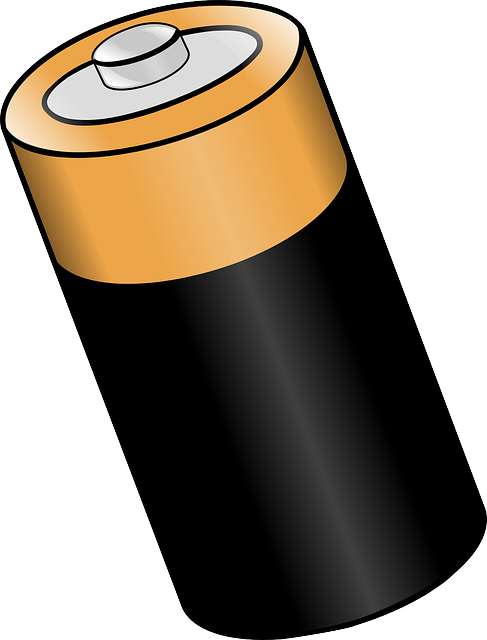
When managing battery life on portable devices, understanding the differences between Wi-Fi and cellular data connections is key to extending their usage time. Wi-Fi connections generally consume less power than cellular data because they rely on your device’s built-in Wi-Fi hardware rather than its radio transceiver. This means that staying connected to a trusted Wi-Fi network can significantly reduce battery drain. However, the availability of Wi-Fi networks isn’t always guaranteed, especially when on the move or in areas with poor coverage. In such cases, cellular data might be your only option. While cellular connections are more power-intensive due to the constant scanning for signals and maintaining a connection, newer technologies like LTE and 5G have made strides in improving efficiency. Nonetheless, if you find that your device’s battery is draining faster than expected when using cellular data, consider switching to Airplane Mode and enabling only necessary services via Wi-Fi. This way, you can maintain connectivity while conserving power. Additionally, for those who frequently find themselves in situations where they need to replace their battery due to heavy usage, understanding the impact of connectivity choices on battery life can inform decisions about when and how to use your device’s features. By strategically utilizing Wi-Fi and cellular data based on your environment and needs, you can optimize your device’s performance and avoid premature battery depletion.
Disabling Features You Don't Use: Toggling Off Unnecessary Hardware Functions
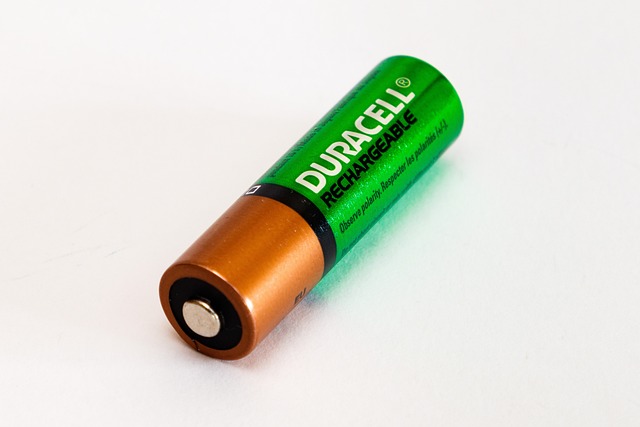
To maximize your device’s battery longevity, it’s advisable to disable features that you rarely or never use. Many gadgets come equipped with a variety of hardware functions that can drain power even when they’re not in active use. For instance, Wi-Fi, Bluetooth, GPS, and NFC are common features that continuously scan for signals, which can significantly reduce battery life. By navigating to your device’s settings menu, you can toggle these off manually or set them to activate only when needed. Additionally, some devices offer a ‘Battery Saver’ mode that automatically limits background data and optimizes performance for long-lasting use. For those who frequently find themselves needing more battery life between charges, considering a replace battery option might be a practical solution. This involves replacing the entire battery unit rather than just the battery cell, which can often restore the device’s original battery capacity and efficiency, effectively prolonging its usable lifespan.
In conclusion, extending your device’s battery life is a multifaceted endeavor that involves understanding your device’s health, optimizing charge levels, leveraging energy-saving modes, managing apps effectively, fine-tuning display settings, strategically choosing between Wi-Fi and cellular data, and disabling unused features. Should you find that your battery is beyond the normal range of expected performance, it may be time to replace it. By adopting these practices regularly, you can maintain peak performance from your device’s battery, ensuring longer usage times without frequent charges. Remember, a proactive approach to battery management not only saves time but also preserves the longevity of your electronic companion.
